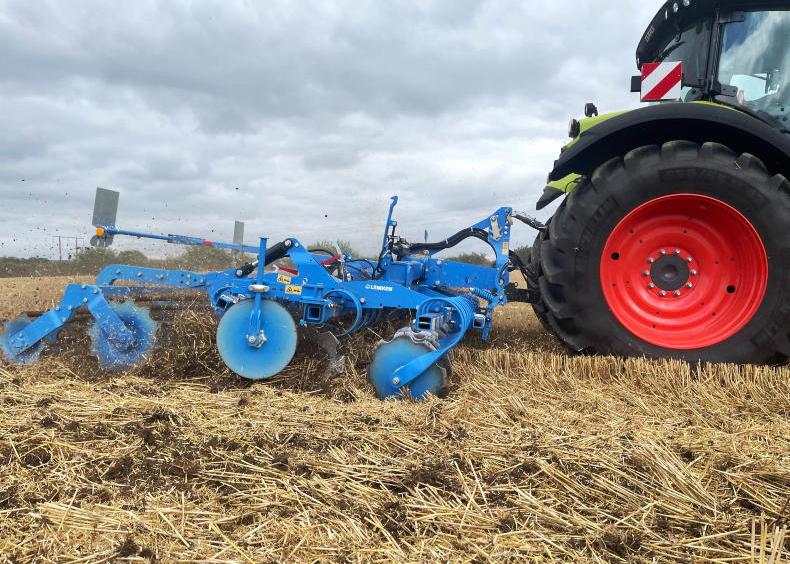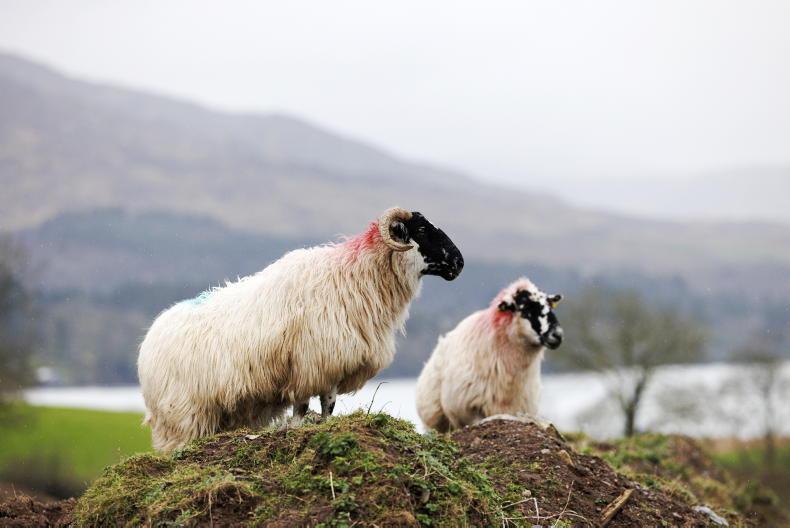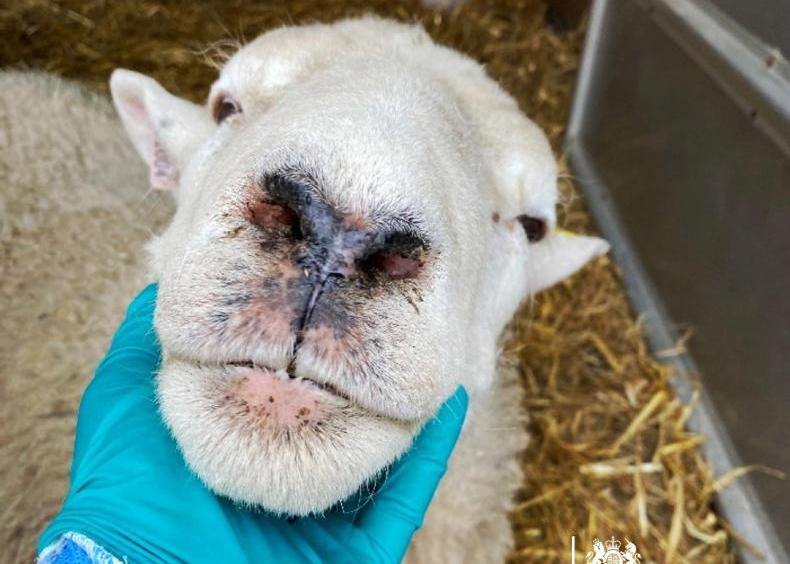Livestock units values remain the same as in 2024 and will not be affected by proposed changes to nutrient excretion rates coming in to place under the review of the Nitrates Action Plan.
There were some queries from farmers since the publicatoin of last week’s article outlining the excretion rate changes on whether livestock unit values would also be subject to change.
The values as per the terms and conditions of the Basic Income Support for Sustainability are outlined in Table 1.
There were changes to unit values of bovines in recent years to better reflect excretion rate differences.
While on the subject of stocking rates, it is also worthwhile reminding readers that the stocking rate retention period is 28 consecutive weeks in a calendar year as opposed to the previous duration of seven months.
For the majority of relevant area-based schemes – including the active farmer check, Eco-Scheme, Organic Farming Scheme and Areas of Natural Constraint – farmers must satisfy a minimum average stocking rate of 0.1 livestock units per eligible forage hectare (LU/ha) over the 12 months or the calendar year.
Only cattle, sheep, goats, horses, donkeys and deer are eligible for the stocking rate calculation.
The check is based on the previous year but the potential to use the current year is available. If this is selected the Department advises that applicants will then be required to use the current year thereafter for the purposes of satisfying the stocking rate check.
Livestock units values remain the same as in 2024 and will not be affected by proposed changes to nutrient excretion rates coming in to place under the review of the Nitrates Action Plan.
There were some queries from farmers since the publicatoin of last week’s article outlining the excretion rate changes on whether livestock unit values would also be subject to change.
The values as per the terms and conditions of the Basic Income Support for Sustainability are outlined in Table 1.
There were changes to unit values of bovines in recent years to better reflect excretion rate differences.
While on the subject of stocking rates, it is also worthwhile reminding readers that the stocking rate retention period is 28 consecutive weeks in a calendar year as opposed to the previous duration of seven months.
For the majority of relevant area-based schemes – including the active farmer check, Eco-Scheme, Organic Farming Scheme and Areas of Natural Constraint – farmers must satisfy a minimum average stocking rate of 0.1 livestock units per eligible forage hectare (LU/ha) over the 12 months or the calendar year.
Only cattle, sheep, goats, horses, donkeys and deer are eligible for the stocking rate calculation.
The check is based on the previous year but the potential to use the current year is available. If this is selected the Department advises that applicants will then be required to use the current year thereafter for the purposes of satisfying the stocking rate check.










SHARING OPTIONS